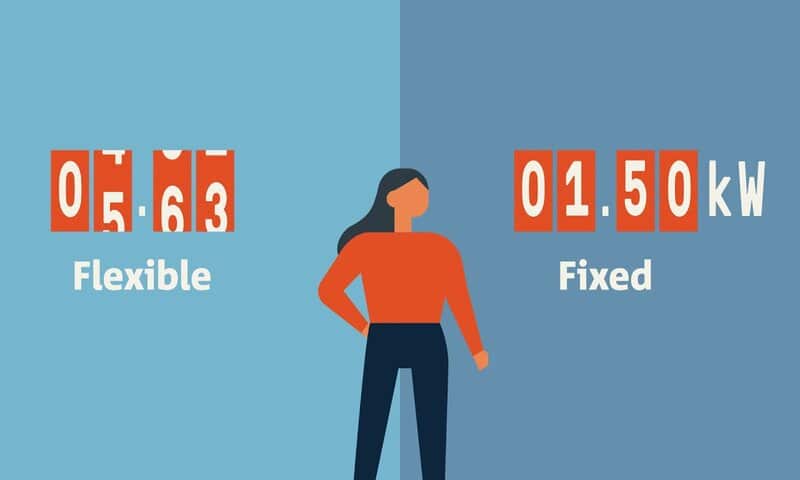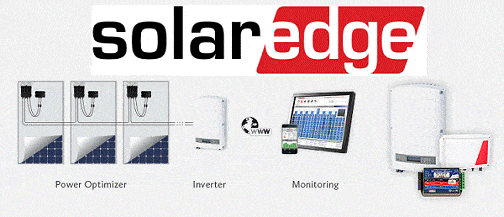Flexible exports will be introduced across South Australia by July 2024. This is to address the growing number of installed solar systems that create local electricity network challenges, particularly in areas where uptake is high.
Thus, in some specific conditions, this threatens local network stability as distribution networks reach maximum capacity to host solar exports.
As a result, solar inverters can fluctuate, bringing voltage issues for non-solar customers nearby. Hence, the need for a cost-effective solution for solar network stability.

What are flexible solar exports
Flexible solar exports, also known as dynamic solar exports, can adapt to network conditions that results in a higher maximum export limit. It was introduced in September 2021.
Flexible exports are powered by smart and internet-connected inverters provided to new or upgrading solar customers. They serve as an alternative to reduced fixed export limits in the overloaded parts of the network.
The trial initially rolled out to areas served by the Sheidow Park substation, and new areas were included in the trial from 14 February 2022.
From 1 July this year, flexible exports will be rolled out more broadly with the aim to make the network option available across the state by July 2024.
The new rollout timeline
From July this year to July 2024, the new rollout timeline will happen in four phases. The first phase will take place in suburbs in the City of Mitcham and the City of Onkaparinga, in which the priority will be given based on solar congestion and begin in areas where the trial has been offered.
Four weeks ahead of each new phase, new suburbs will be announced, whilst the second phase will see a rollout in several rural locations.
Save more on your energy bills today by switching to solar. You can do it for quick and easy by changing your energy retailer. Get started by using our free electricity bill comparison tool to compare local offers from Australia’s major energy retailers and help you make the switch in a few quick steps. All you need to get started is a recent energy bill.
The need for Dynamic Export inverters
The new Dynamic Export for inverters in SA is part of its Smarter Homes Program that will allow homeowners to choose a small, fixed export limit or a system that can communicate in real time with the operator’s instructions for new solar installations.
Dynamic export limits were tested in 2022, and SA Power Networks will provide households to export up to 10 kW per phase in exchange for remote control access to their system.
Through this, households can feed up more energy back into the grid than the 1.5 kW fixed export power limit.
As of the moment, rooftop systems in SA can only export 5 kW per phase.
The launch of the Smarter Homes Program has been delayed several times because inverter manufacturers weren’t ready for it yet due to the lack of software to allow flexible exports. Pushing back the date allows more time for manufacturers to develop an inverter that can comply with dynamic export requirements.
The Office of the Technical Regulator said, “The commencement date for Dynamic Exports is now 1 July 2023 for solar, and we intend to publish amended guidelines allowing until 1 March 2023 for dynamic export requirements for batteries.”
Things took a turn recently when SolarEdge was able to develop a native Dynamic Export compliant system. According to the inverter manufacturing company, “SolarEdge’s smart inverters achieve this capability without the complexity and additional costs of adding third-party controllers.”
SolarEdge’s inverters will now feature an in-built communication capability that can adapt to network conditions based on operator instructions.
On the other hand, Fronius and SMA are also working to provide native inverter software.
The head of SAPN’s corporate affairs, Paul Roberts, said, “In the next 5-10 years we expect to see South Australia’s energy needs during the middle parts of the day regular being supplies 100% from rooftop solar.”
With flexible exports, they can manage this as it limits the amount of solar households can send to the grid during low-demand times and maximises exports at peak times.
Energy Matters has over 17 years of experience in the solar industry and has helped over 40,000 Australian households in their journey to energy independence.
Complete our quick Solar Quote Quiz to receive up to 3 FREE solar quotes from trusted local installers – it’ll only take you a few minutes and is completely obligation-free.














































